The S&T of Multidomain Operations
Potential adversaries studied the U.S. military’s former joint warfare known as LandAirSea, and developed long-range, or standoff capabilities to counter that strategy. To counter the standoff concept, the U.S. Army has developed a multidomain operations strategy, William “Chuck” Hoppe, director, Science, Technology and Engineering, at the Army’s Command, Control, Communications, Intelligence, Surveillance and Reconnaissance (C5ISR) Center, explained on the final day of the AFCEA TechNet Augusta 2019 conference.
“The whole concept for adversaries is standoff. So, obviously, from our standpoint, MDO [multidomain operations] is about defeating that standoff. We defeat that standoff by offering our adversaries multiple dilemmas across the entire spectrum of operations so that we can, in our point in time of choosing, bring the effects we want to bring,” Hoppe explained. “We take the initiative away from them if we present multiple, alternative issues they have to consider.”
The Army has developed a modernization strategy to rapidly prototype, develop and deliver to warfighters the advanced technologies needed for multidomain operations and has created eight cross-functional teams (CFTs) to lead six modernization efforts. “We play in every one of those six Army modernization priorities. You cannot get there without the systems, the capabilities that are brought to bear out of the C5ISR Center,” he added.
The panel, the last of the conference, featured officials from the C5ISR Center, one of the Army’s premier research and development organizations. AFCEA added an extra day to the conference to highlight procurement and acquisition issues and efforts.
Christopher Manning, director of the C5ISR Center’s Command, Power and Integration Directorate, highlighted his office’s work on assured position, navigation and timing. His team is working on a Modular Global Positioning System Independent Sensors project. “There are two parts of that project. One is the modular, open system architecture, and the second one being GPS Independent Sensors. On the modular side, we’re doing plug-and-play architecture. We’re leveraging what the Air Force Institute of Technology came out with, which is the Scorpion software,” Manning explained.
The modular plug-and-play framework will enable the rapid insertion of emerging position, navigation and timing, or PNT, technologies into Army air, ground and soldier platforms. The project, known as MoGIS, is a shift from developing stand-alone PNT systems that have proprietary software and hardware interfaces, according to an Army website. Instead, newly developed components can be integrated in a modular framework with a vendor-agnostic, multisource solution.
Manning says his team has been working with multiple program executive officers and CFTs to explore technologies that would support the project and could be rapidly inserted into programs of record. He also emphasized the importance of timing in precision, navigation and timing. “My catchphrase is that it should really be a little p, a little n, and a great big T because we’re so reliant on time for all of our systems.”
Brian Lyttle, chief, Cybersecurity and Information Assurance Division, C5ISR Center, noted his team’s efforts in several areas, including cryptographic modernization. His team, which is qualified to assess systems for compliance with National Security Agency encryption standards, has multiple ongoing efforts in that area. “I’m taking commercial solutions for classified, adopting commercial technology, the first generation, first iteration … and putting it into tactical formations,” he said.
He also focused on visual identity management, noting that his directorate works with the Defense Information Systems Agency and the Army’s chief information officer/G-6 on an effort to develop public key encryption tokens for individual soldiers. They are exploring how to implement the tokens into the soldiers’ electronic gear, allowing them to pass sensor-to-shooter information higher up the chain.
Mike Breckenridge, associate director for the center’s Technology, Planning and Outreach, Space and Terrestrial Communications Directorate, his team’s focus on space. Although the Army “is not pushing to launch constellations,” it is interested in partnering with industry, he said. “That is an area that is exploding. We are actively engaging with the vendors. As they develop their payloads they are interested in learning what the Army needs so that they can adapt their payloads,” he said.
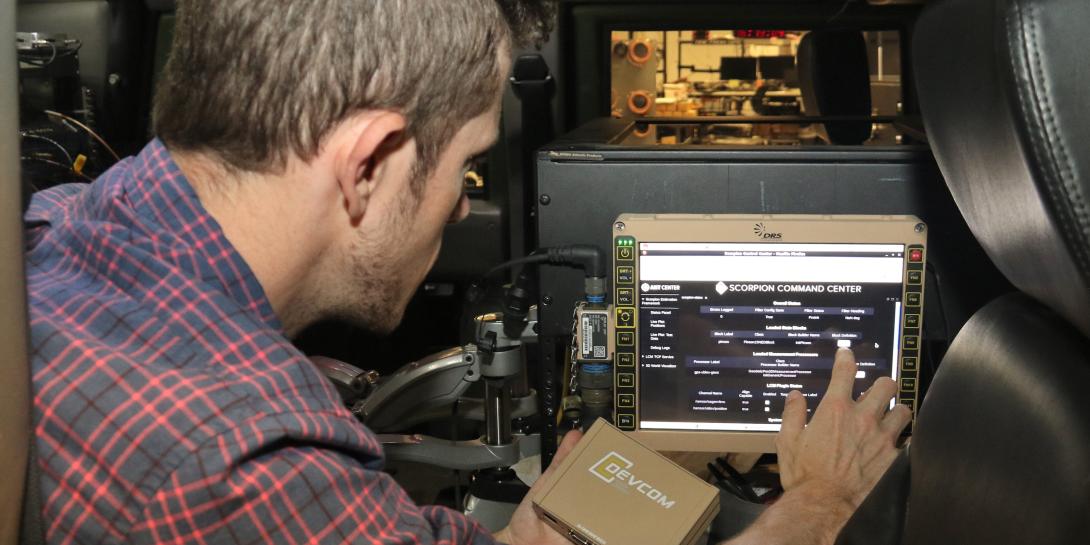
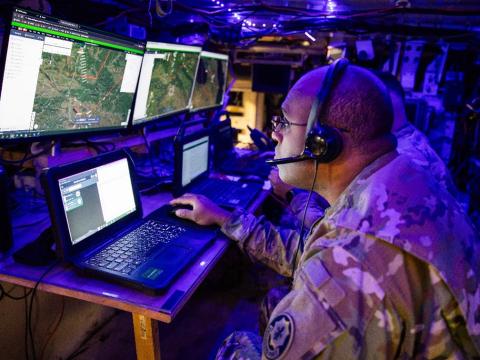
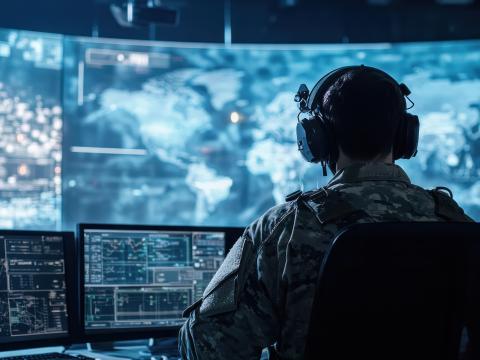
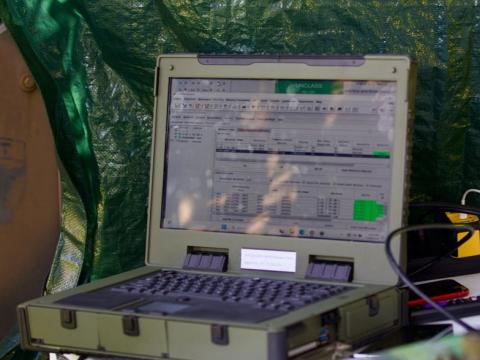
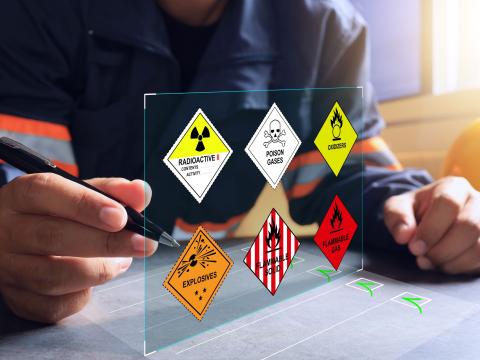
Comments